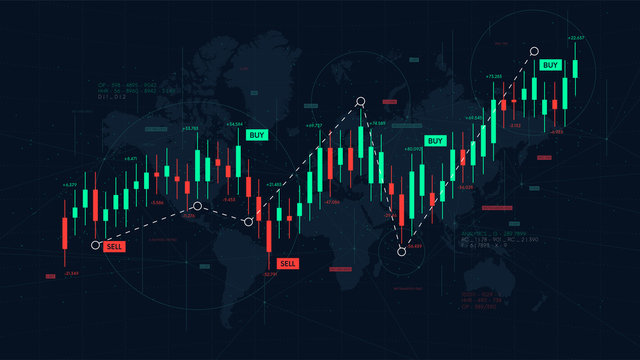Index Surge: Amplifying Your Insights
Stay updated with the latest trends and news across various industries.
Forex Trading: Where the Money Moves Like Clockwork
Unlock the secrets of Forex trading and discover how money moves like clockwork. Start your journey to financial freedom today!
Understanding Forex Trading: Key Concepts for Success
Forex trading involves the exchange of currencies in a decentralized market where traders buy and sell currency pairs. Understanding the key concepts of this dynamic market is crucial for anyone looking to achieve success. First, it's essential to grasp the concept of currency pairs, which consist of a 'base' currency and a 'quote' currency. For example, in the currency pair USD/EUR, the USD is the base currency, and the EUR is the quote currency. Trading involves speculating whether the value of the base currency will rise or fall against the quote currency. Additionally, traders need to familiarize themselves with options like leverage and margin, as they can amplify potential profits, but also increase risks significantly.
Another critical aspect of successful Forex trading is the ability to analyze market trends and make informed decisions. This includes understanding both fundamental analysis—which examines economic indicators, interest rates, and geopolitical events—and technical analysis—which focuses on price movements and chart patterns. Traders often utilize various tools and indicators, such as moving averages and Fibonacci retracements, to help identify entry and exit points. Ultimately, mastering these key concepts will empower traders to navigate the complexities of the Forex market and develop effective strategies for consistent profitability.

How to Analyze Currency Pairs: A Beginner's Guide
Analyzing currency pairs is essential for anyone interested in trading in the foreign exchange (Forex) market. To start, you'll want to familiarize yourself with the basics of currency pairs, which are typically categorized into major, minor, and exotic pairs. Major currency pairs, like EUR/USD and GBP/USD, account for the vast majority of trading volume in the market. A good first step in your analysis is to utilize fundamental analysis, which requires examining economic indicators such as interest rates, inflation, and geopolitical stability. These factors influence the value of currencies and can provide invaluable insight into potential trading opportunities.
Once you have a solid grasp on the fundamentals, you can move on to technical analysis, which involves analyzing price charts and various indicators. Here’s how to get started with technical analysis:
- Identify Trends: Look for patterns in the price movements of the currency pairs you're interested in.
- Use Indicators: Employ tools like moving averages, Relative Strength Index (RSI), and Fibonacci retracement to help predict future price movements.
- Set Entry and Exit Points: Based on your analysis, determine where you will enter and exit trades to maximize your profits.
By mastering these methods, you'll be well on your way to effectively analyzing currency pairs and enhancing your trading strategy.
What Moves the Forex Market? Exploring Economic Indicators and Trends
The foreign exchange (Forex) market is influenced by a myriad of factors, but economic indicators play a pivotal role in shaping currency values. Key indicators such as Gross Domestic Product (GDP), employment rates, and inflation rates provide insights into a country's economic health. Traders closely monitor these indicators, as strong performance often leads to currency appreciation, while poor data can result in depreciation. For example, a sudden rise in unemployment can signal economic weakness, prompting traders to sell off that country’s currency in favor of stronger alternatives.
In addition to economic indicators, trends in global markets and geopolitical events significantly impact the Forex landscape. Traders must stay alert to shifts that can lead to volatility—such as central bank policy changes, trade agreements, and political instability. These events can trigger rapid currency movements, often amplifying the effects of economic data releases. Understanding how these elements interact is crucial for traders looking to navigate the Forex market effectively and seize opportunities as they arise.